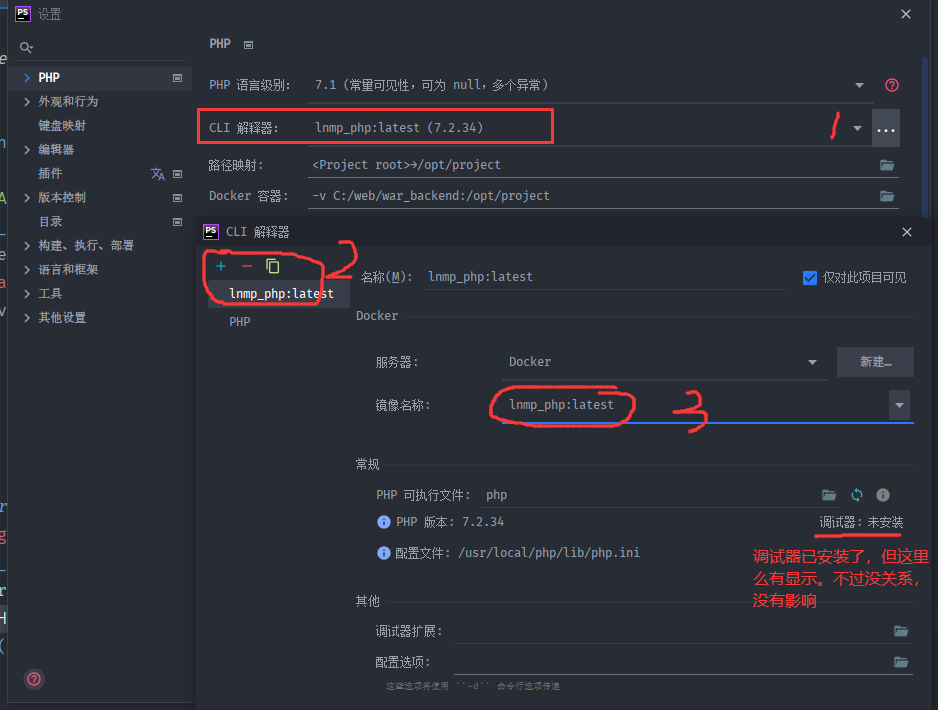

These thoughts of mine were also circulated in others’ replies to the tweet, but it was when Tighten’s Matt Stauffer and Twilio’s Gary Hockin stepped in to offer livestreams with Derick to set it up that I took notice – the resulting content is now excellently documented at with others’ contributions. So, I thought: why not give it a go again? And so I did, going step by step though Gary and Derick’s video, with the goal to implement it into our development process for our Open Source project Awe-der. One of the things that most articles I’d read or tried to follow miss out one core thing that frustrated me: most have the “how”, but not the “why”. That is to say: what is this thing I’m doing and why does it work?īearing that in mind, here is how I implemented the stack, step by step with a little bit more info than just your average set of instructions. PHP 7.4.4 (from official PHP Dockerfile).Part of what made the installation significantly easier for me was that the project it was being installed on was already using a Dockerfile as part of the stack.
PHPSTORM DOCKER XDEBUG INSTALL
Our project had this in our Dockerfile to install redis and imagick:Įnter fullscreen mode Exit fullscreen mode So, to install Xdebug, you need to include it with pecl (you can still -only- use pecl for operating system-level dependencies at the time of writing).

I said this wouldn’t just be a copy and paste article, so: what are these parameters? Phpstorm xdebug install# Zend_extension has always been the PHP ini file parameter name for adding in extensions – it hooks the pecl extension (or extensions installed with other tools like PEAR) installed to the runtime, so things like zip, redis, curl and the like use the same parameter to enable them. Remember me mentioning “bookmarklets” in the browser earlier? You have to use an extension to keep a server connection alive with your Xdebug session – for example, for Firefox: Xdebug.remote_enable and tostart are more interesting.
PHPSTORM DOCKER XDEBUG CODE
Phpstorm xdebug code#Įnable remote triggering of the Xdebug server and set autostart to true when either a breakpoint is hit in the code or you’ve set the break to be at the entry point to your application’s code and: bingo. Do I wish I’d have known about this years ago? For sure. Xdebug.remote_port has an interesting quirk in that if you don’t set the parameter, it defaults to port 9000. I guess it’s an interesting aspect that shows Xdebug’s history in that it was probably chosen as a default port before the CGI adopted replacement php-fpm used port 9000.
PHPSTORM DOCKER XDEBUG FREE
So, it’s important to set the remote port to 9001 (or whichever free port you wish) to stop clashes. Xdebug.remote_host is the point at which our Docker configuration starts making the process perhaps a little convoluted. In our case, we develop as a company with Macs, so it’s handy that Docker has a reserved handle ( ) to route into the correct IP. Windows does the same at the time of writing, but Linux distributions might need a bit of research to get the correct address in here to connect into Docker.

So, using docker-compose, we now inject the local ini file into the php container’s conf.d directory.


 0 kommentar(er)
0 kommentar(er)
